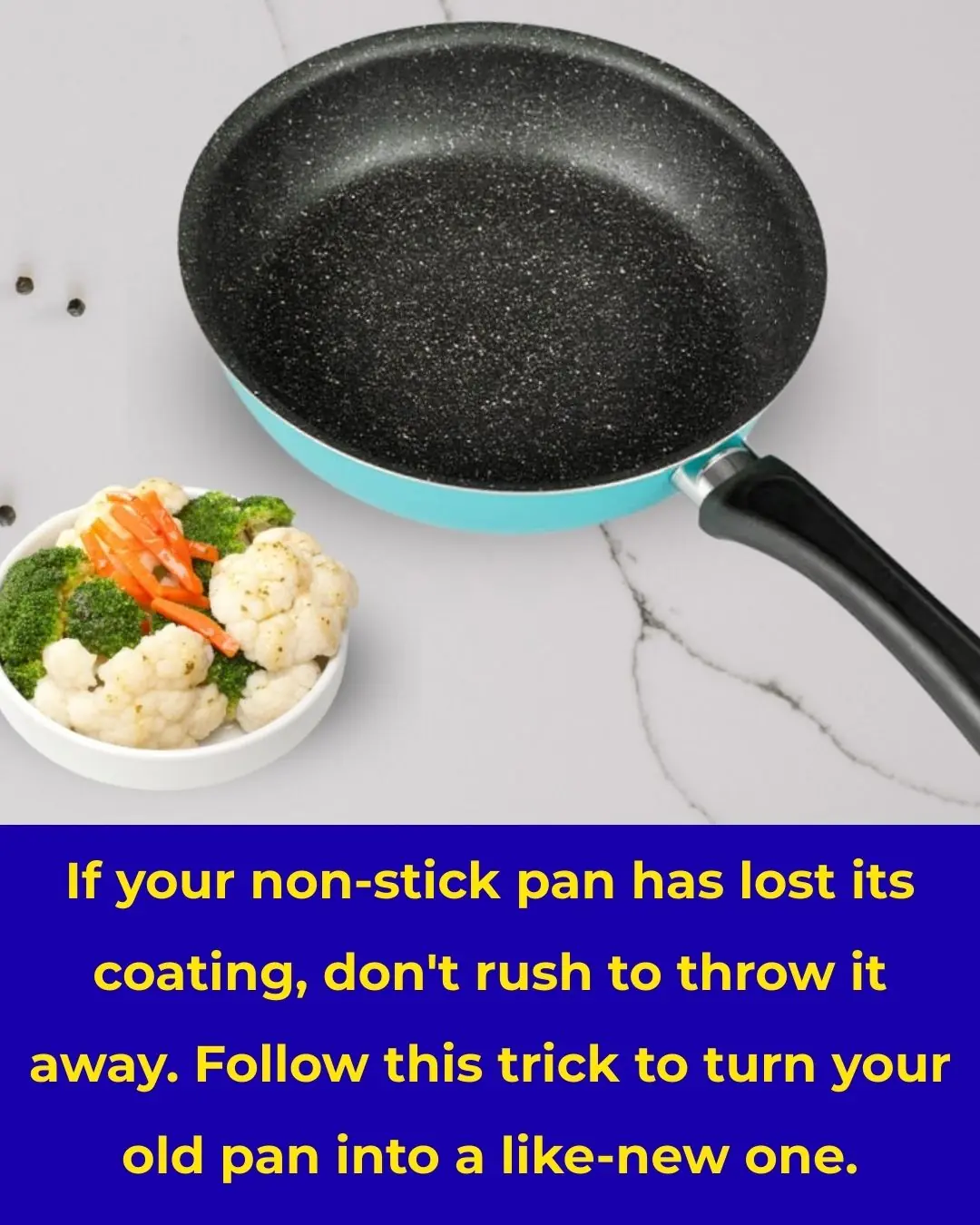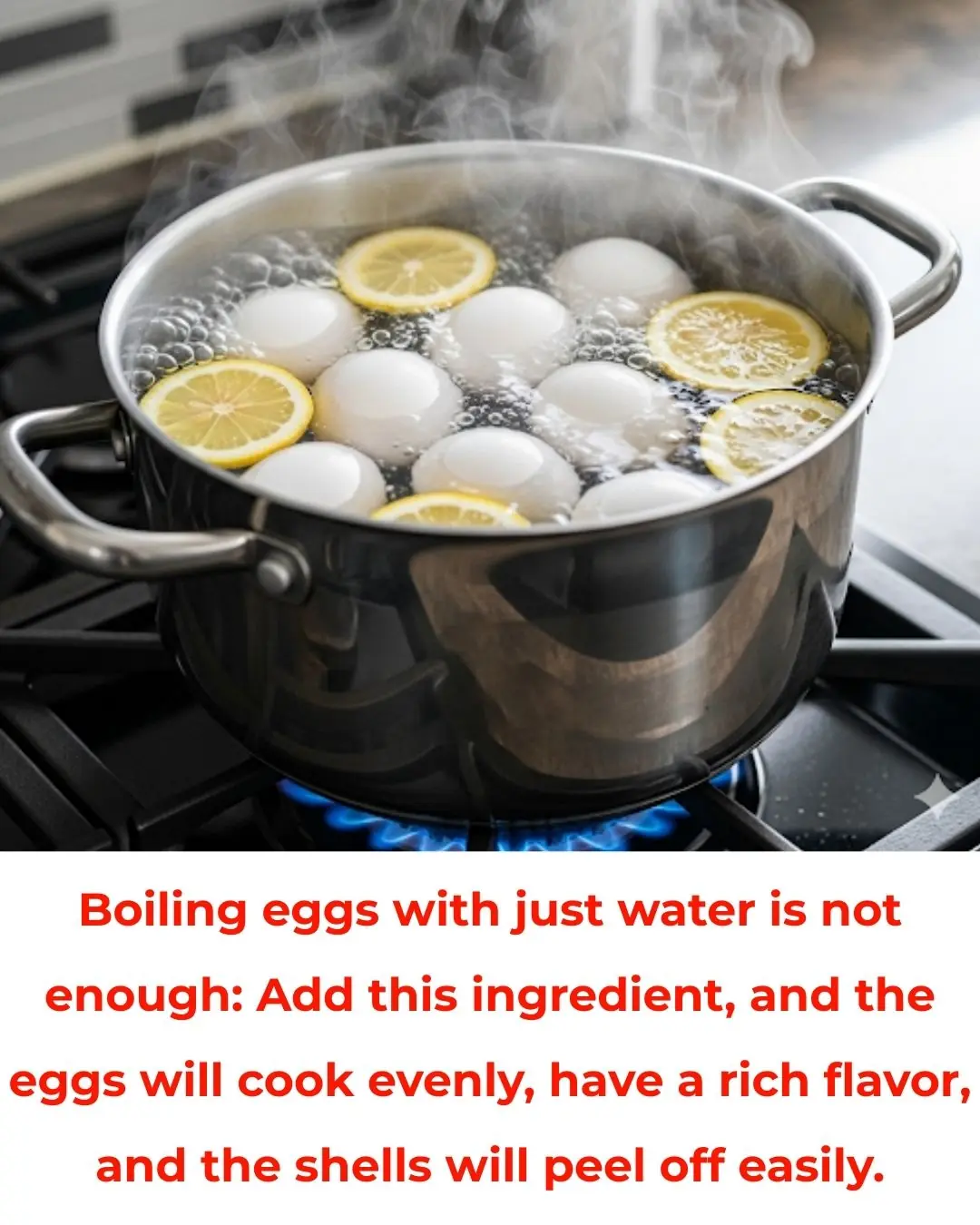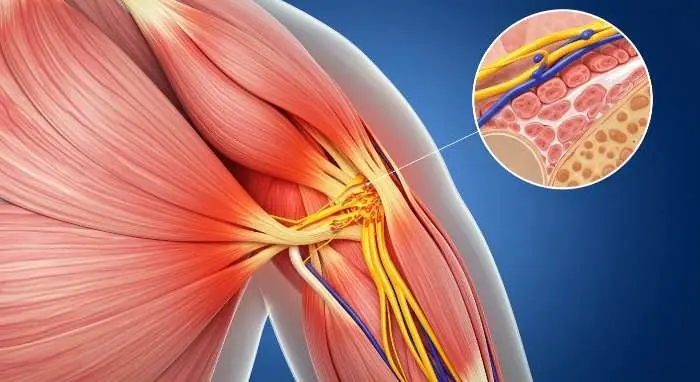
How Long Cooked Food Can Stay In The Refrigerator

Experts— including those at the USDA— agree that proper food safety practices are essential to avoid the risk of foodborne illness. To keep your leftovers safe, it's crucial to refrigerate cooked food within two hours of cooking. If the temperature is above 90°F (32°C), you should refrigerate within one hour to prevent food from entering the bacterial “danger zone,” which ranges from 40°F to 140°F (4°C to 60°C). Once the food is properly chilled, here's how long it will last in the refrigerator:
| Food Type | Refrigerator Timeframe |
|---|---|
| Cooked meat & poultry | 3–4 days |
| Fish & seafood | 3–4 days |
| Pasta, rice, grains | 3–5 days |
| Cooked vegetables | 3–7 days |
| Soups, stews, casseroles | 3–4 days |
| Egg-based dishes (e.g., quiche) | 3–4 days |
| Dairy-heavy meals | 3–4 days |
Key Takeaway:
To ensure freshness and food safety, it's important to consume or freeze leftovers within 3–4 days of refrigeration.
To Freeze or Not to Freeze?
If you know you won't be able to eat your leftovers in time, freezing is a great option. Most cooked dishes can be safely frozen for 2–6 months. Before freezing, ensure that the food has cooled down, and package it in airtight containers that are labeled with the date. This will help maintain the food’s quality and ensure it’s still enjoyable when you decide to eat it.
Safe Storage Tips
To keep your leftovers as fresh and safe as possible, follow these storage tips:
-
Cool Quickly: Speed up the cooling process by dividing food into smaller, shallow containers. This reduces the time food spends in the temperature danger zone and minimizes the risk of bacteria growth.
-
Use Airtight Containers: Storing food in glass or BPA-free plastic containers helps reduce spoilage and prevents contamination.
-
Label and Date: Always label your food with the date it was cooked. This will help you track how long it has been stored and ensure you don’t accidentally eat something that’s too old.
-
Avoid Overpacking the Fridge: Ensure that there’s enough space in your fridge for air to circulate around the food. This promotes even cooling and prevents spoilage.
Signs of Spoilage
Before reheating or eating your leftovers, check for the following signs that may indicate the food has gone bad:
-
Mold or Discoloration: Watch out for green, gray, or fuzzy spots. These are signs that bacteria or mold may be growing.
-
Off Smells: If your food smells sour, rancid, or “off,” it’s a strong indication that it has spoiled.
-
Slimy Texture: Particularly on meats or vegetables, a slimy texture is a red flag for spoilage.
If you're ever unsure, it's better to be safe and toss the food.
Reheating Leftovers Correctly
When reheating, make sure to bring the food to an internal temperature of 165°F (74°C). This temperature is sufficient to kill any bacteria that may have developed. However, remember that reheating does not eliminate toxins that may have been produced earlier by bacteria, so it's important to store food properly from the outset.
Also, try to avoid reheating the same food more than once. Reheating and cooling multiple times can increase the risk of bacteria growth and reduce the food's overall quality. Instead, reheat only the portion you plan to consume and freeze the rest.
Quick-Start Checklist for Leftovers
-
Cooked? Cool and refrigerate within 2 hours.
-
Storage: Store in shallow, airtight containers.
-
Label: Make sure to label your containers with the date.
-
Consumption: Eat within 3–4 days or freeze within that window.
-
Reheat: Heat thoroughly to 165°F.
-
Inspect: Toss it if it looks, smells, or feels off.
In Summary:
Handling leftovers safely is about acting quickly, storing correctly, and being vigilant about potential spoilage. By following these guidelines—chilling food fast, consuming or freezing leftovers within 3–4 days, watching for spoilage, and reheating properly—you can enjoy delicious, safe meals while reducing food waste. With a little attention to detail, you’ll not only stay healthy but also make the most of your leftovers.
Happy (and healthy) dining!
News in the same category


Unbelievable: China is About to Launch the First ‘Pregnancy Robot’ to Carry a Baby

This Is How These 10 Worldwide Famous Kids Look Like Now

What Does It Mean To Wear a Ring On The Right Hand

Hotel Workers Reveal What Goes On

Scientists Explain Why ‘Doing Your Own Research’ Leads to Believing Conspiracies

The Richest Americans Still Die Earlier Than the Poorest Europeans

Ring Finger Longer Than An Index Finger

She Spent $70,000 on Cosmetic Procedures — Now She’s Owning Her Beauty Despite the Backlash

Woman employed by popular mobile network sues company after being 'forced' to do nothing for 20 years

This School Is Teaching Teen Girls Important Life Skills Like Changing Tires and Other Car Maintenance

Indiana Woman Arrested After Traveling To DC To Kidnap And Assassinate Trump

Why Slugs Deserve More Credit Than You Think

Sink Trick You Should Always Do Before Vacation

The Meaning of Having an Unmade Bed

How to Charge Your Phone to Extend Battery Life

People Are Just Realizing Why Women’s Underwear Have A Bow On Front

Brown vs. White Eggs: Which Should You Choose?

The Secret Behind the Pocket in Panties: What It Really Does for Your Comfort
It’s not a secret storage space but a carefully designed gusset that enhances hygiene, improves comfort, and makes your underwear last longer.
News Post

Arkansas woman accidentally discovers $27,000 dollars after kicking 'spiderweb' in park

Exactly how virus carried by 'Frankenstein' rabbits growing black 'tentacles' spreads following urgent warning from experts

The Elders' Teachings Are Not Wrong: "The Kitchen Should Not Face Three Directions, and the Bed Should Not Be Placed in Three Locations"

5 Types of Plants That Snakes Love: If You Plant Them in Front of Your House, Remove Them Immediately Before It’s Too Late

If Your Non-Stick Pan Has Lost Its Coating, Don’t Rush to Throw It Away. Follow This Trick to Turn Your Old Pan Into a Like-New One.

Cooking Oil Often Splashes When Frying? Add This Ingredient to the Pan, and You Won't Have to Worry About Oil Splattering or Sticking to the Pan

Is It Correct to Close the Door When Using the Air Conditioner? Here Are 5 Mistakes That Can Cause Your Electricity Meter to Increase 2-3 Times

Boiling Eggs with Just Water is Not Enough: Add This Ingredient, and the Eggs Will Cook Evenly, Have a Rich Flavor, and the Shells Will Peel Off Easily

Do Not Ignore These 10 Warning Signs That Your Kidneys May Be In Danger

Buying Meat and Just Placing It Directly in the Freezer for Storage is a Mistake: The Shop Owner Shares a Trick to Keep Meat 'Fresh for a Whole Year' Without Spoiling

Sprinkle a Little of This Powder into the Oil Before Frying, Everyone Will Be Amazed by Its Incredible Effectiveness

If Your Body Suddenly Jerks While Falling Asleep, This Is What It Means

What Is This Button In The Car For

If You Eat Eggs Every Day

Vegetables To Clean Your Arteries And Prevent Heart Attack

Pain in This Part of the Body Could Indicate Cancer Cells are 'Awakening' – Both Men and Women Shouldn't Ignore It

10 Unconventional Signs of Liver Damage You Must Know About

14 Early Warning Signs You're Dangerously Low on Magnesium
